
The U.S. Olympic Marathon Trials is easily the most anticipated, tense, and emotional road race held in the U.S. every four years. I absolutely love the drama of the Marathon Trials.
Just one problem: The Trials are also the stupidest, most misguided event I can imagine.
It pains me deeply to say that. I may have attended more Marathon Trials than anyone else in the country, starting at Alamosa in 1968. The Trials is my favorite distance event by far. Like many, I’m getting more psyched every day to watch the Saturday morning potboiler in Orlando.
That doesn’t change what I said above: The Trials are stupid and misguided.
Why? The answer is quite simple. Ask yourself this question: What is the purpose of holding a U.S. Marathon Trials?
If you answered, “To select the three best U.S. marathon runners for the Paris Olympics,” I congratulate you. You passed the test.
And I agree with you: The selection system should be designed to reward the proven excellence of the three best athletes.
Unfortunately, the one-day, one-race Trials system fails miserably in this endeavor. It dismisses the 18 months of prior, hard-earned results to focus on one random day. No wonder the outcome is too often… here come those words again: stupid and misguided.
I give you Dan O’Brien, the acknowledged best decathlete in the world for a string of years in the early/mid 1990s. O’Brien won the Olympic gold medal in 1996, and would have won it four years earlier as well. Except that, in the 1992 U.S. Olympic Track Trials, he “no heighted” in the pole vault. This kept him off the U.S. Olympic team.
A different selection system–one based on proven excellence–would have put O’Brien on the team where he belonged.
Or think about Joan Benoit at the 1984 U.S. Olympic Marathon Trials. Everyone in the world knew she was the U.S.’s best female marathon runner heading into the epic first women’s Olympic Marathon in Los Angeles.
And she proved everyone right by winning that ‘84 Olympic Marathon. But she almost didn’t make it past the Trials. On that random day in May, she had an ill-timed knee injury. The fact that Benoit won the race, and did qualify, doesn’t obscure the harsh reality that our Trials system might have cut her from the Olympics.
Try to imagine the arc of women’s marathoning without Benoit as the first Olympic champion. It’s not a pleasant thought. Yet it almost happened, and it can happen in any Trials-based system.
Trials supporters often claim a Trials race is the fairest method. They like to say that, in the United States, “Three runners self-select themselves to go to the Olympics.” Has a nice ring to it, I must admit.
But who says the Olympic selection system must be “fair?” Not me. I think the opposite. The Olympics have nothing to do with fairness. The Olympics are all about … well, Olympian excellence. Let’s make sure we send the best runners.
(To set the record straight, I’m a big fairness fan. In the right situations. I think the Presidential election should be fair, with all citizens having equal access to the vote. After all, there appears to be no requirement for Presidential excellence.)
In 2000, Christine Clark self-selected herself onto the U.S. Olympic Marathon team. This was one of the all-time great Marathon Trials stories, and I loved it as much as the next person.
Clark lived in Alaska, and spent most of that winter training on a treadmill. She won the Trials on a sticky day in South Carolina. Three cheers for Christine Clark!
Only one hiccup: She wasn’t among the top 10 female marathoners in the U.S. Probably not among the top 20. So why should she be going to the Olympics ahead of other more-proven runners?
Another reason advanced for our Trials system: “In the U.S., we don’t let a handful of pompous guys in a smoky backroom make decisions about the Olympic team.”
What, are we still living in the 1920s? I don’t like pompous jerks either. But in a digital age, it’s easy to design a closed, online system where a modest number of independent selectors could choose our Olympians based on “proven excellence” (over, say, the last 18 months).
Shoe company execs, agents, coaches, and other suspect parties wouldn’t get a vote. USATF would control the process. It would do well to include a number of recent Olympians from the given event.
You think this an outrageous proposal? Then tell me why basically every other country in the world does something similar.
At this point, you might be wondering who I would select for the 2024 U.S. Olympic Marathon teams on the basis of proven excellence. Okay, fair question. I’ll step into the breach.
The men’s team should be Conner Mantz, Clayton Young, and Galen Rupp. All three proved their fitness as recently as last October.
On the women’s side, I’d pick Emily Sisson, Keira D’Amato, and Betsy Saina, all of whom ran strong and fast in 2023.
There’s a good chance several of the above will actually make the team on February 3. There’s also a chance that several won’t.
Which is precisely the problem. If the above six are the U.S. runners with the greatest proven excellence (as I believe), then any other six will represent a squad of lower quality with less chance for success in Paris.
That would be a shame. Because the Olympics aren’t supposed to be a fairness test. The Olympics are meant to measure excellence, pure and simple. We ought to send our best.
Amby Burfoot finished 10th in the 1976 U.S. Olympic Marathon Trials in Eugene, Oregon. He could have done better, but he could never have beaten Frank Shorter, Bill Rodgers, and Don Kardong—the three best U.S. marathoners in 1976.


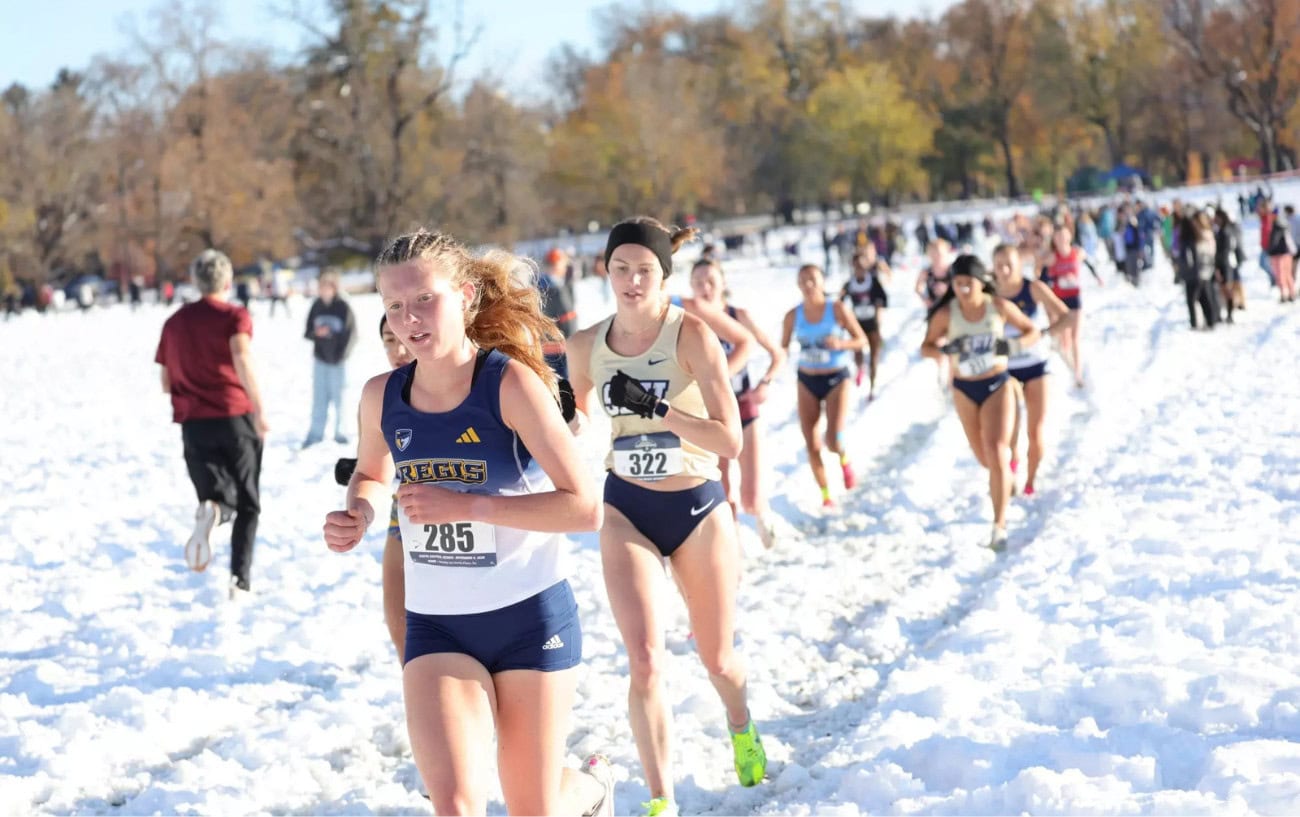
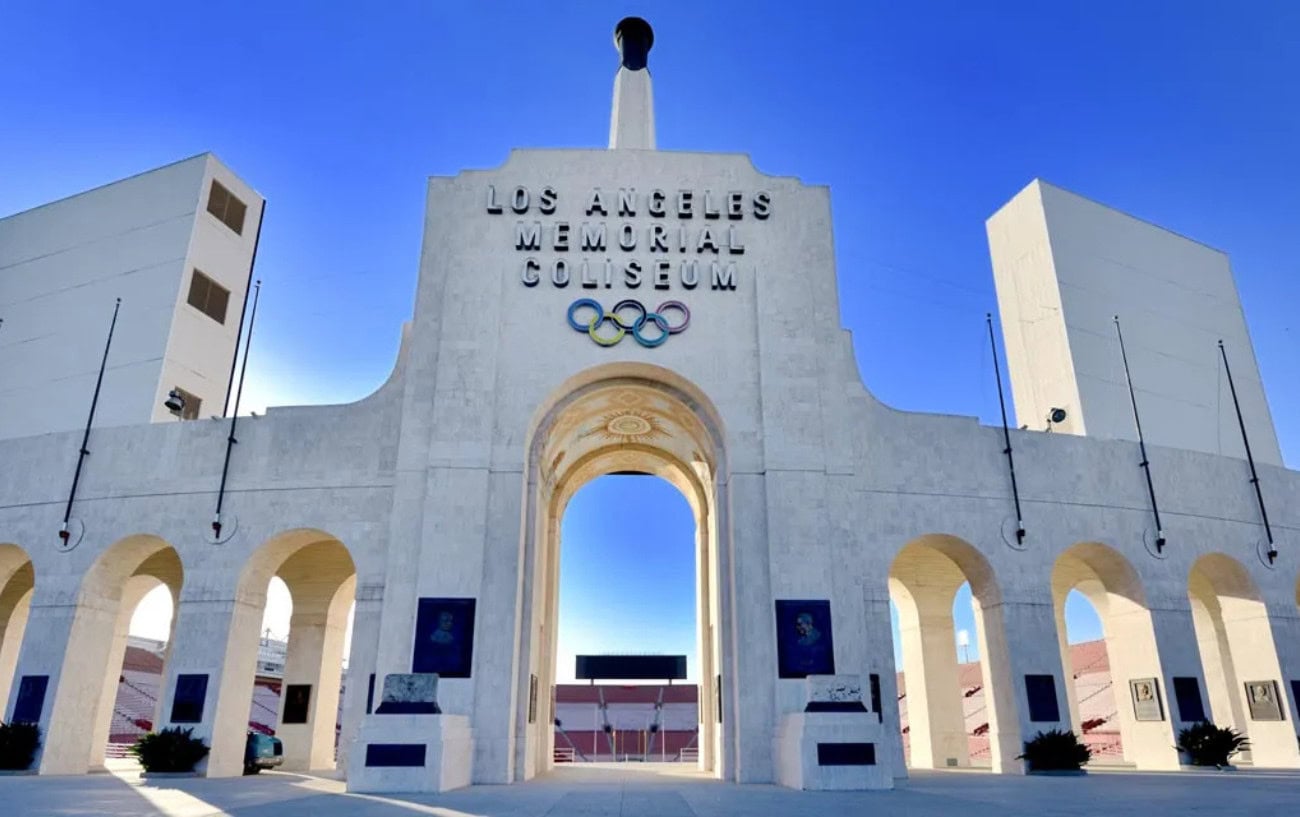
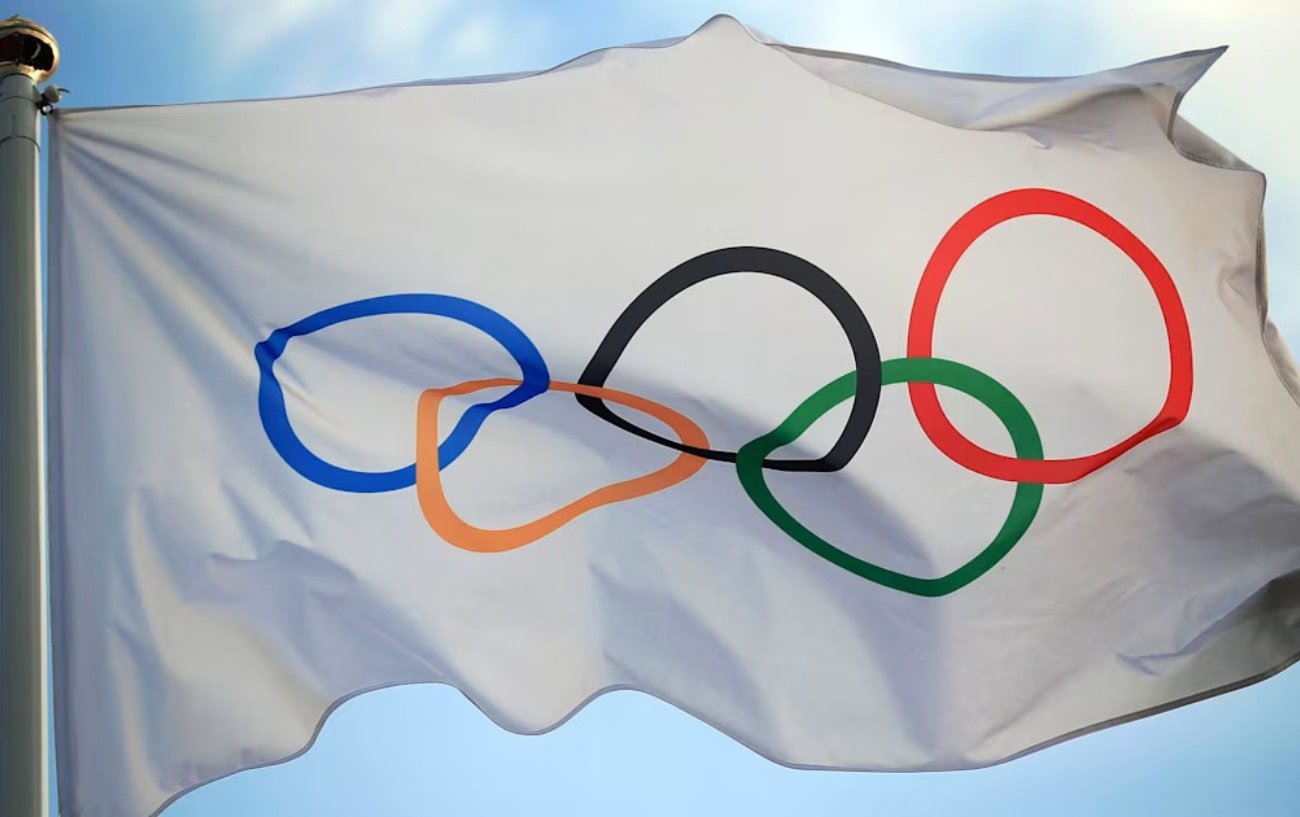
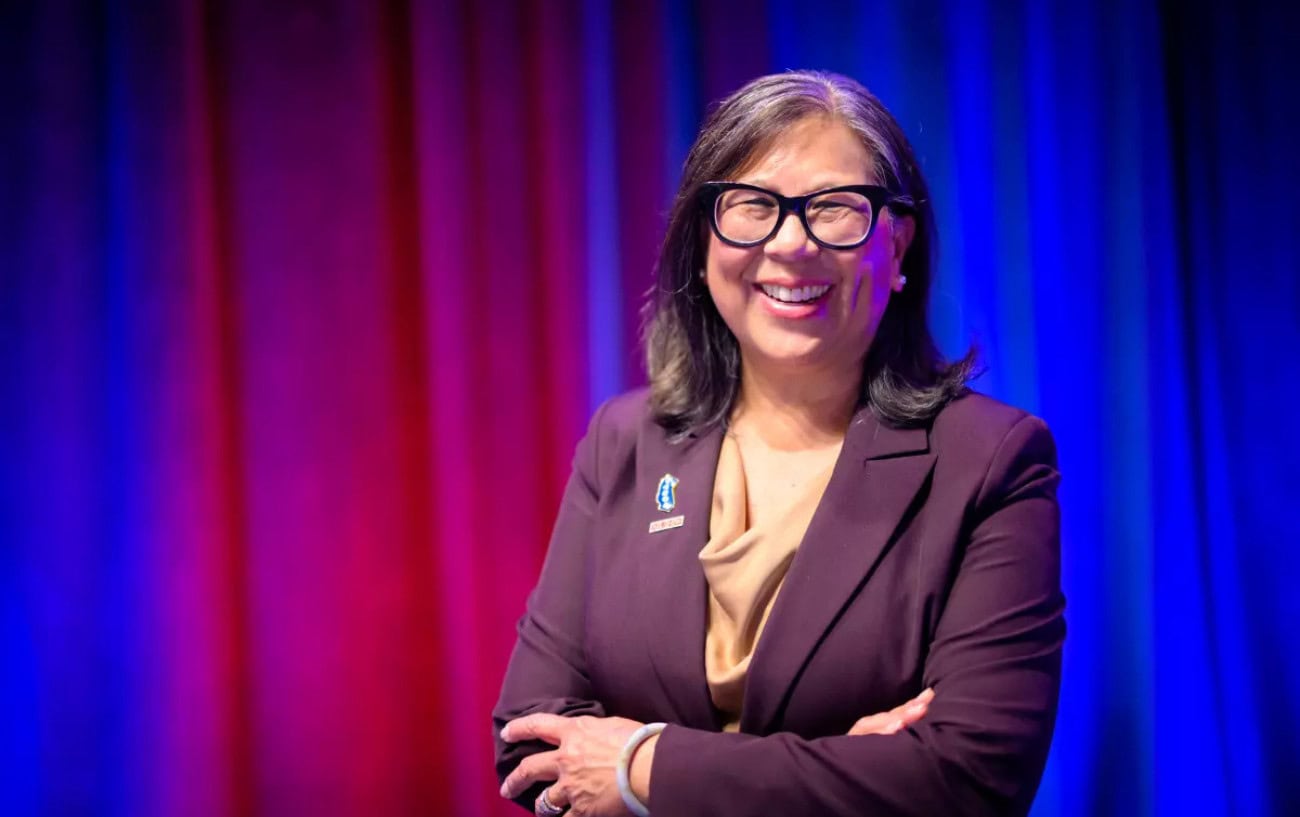

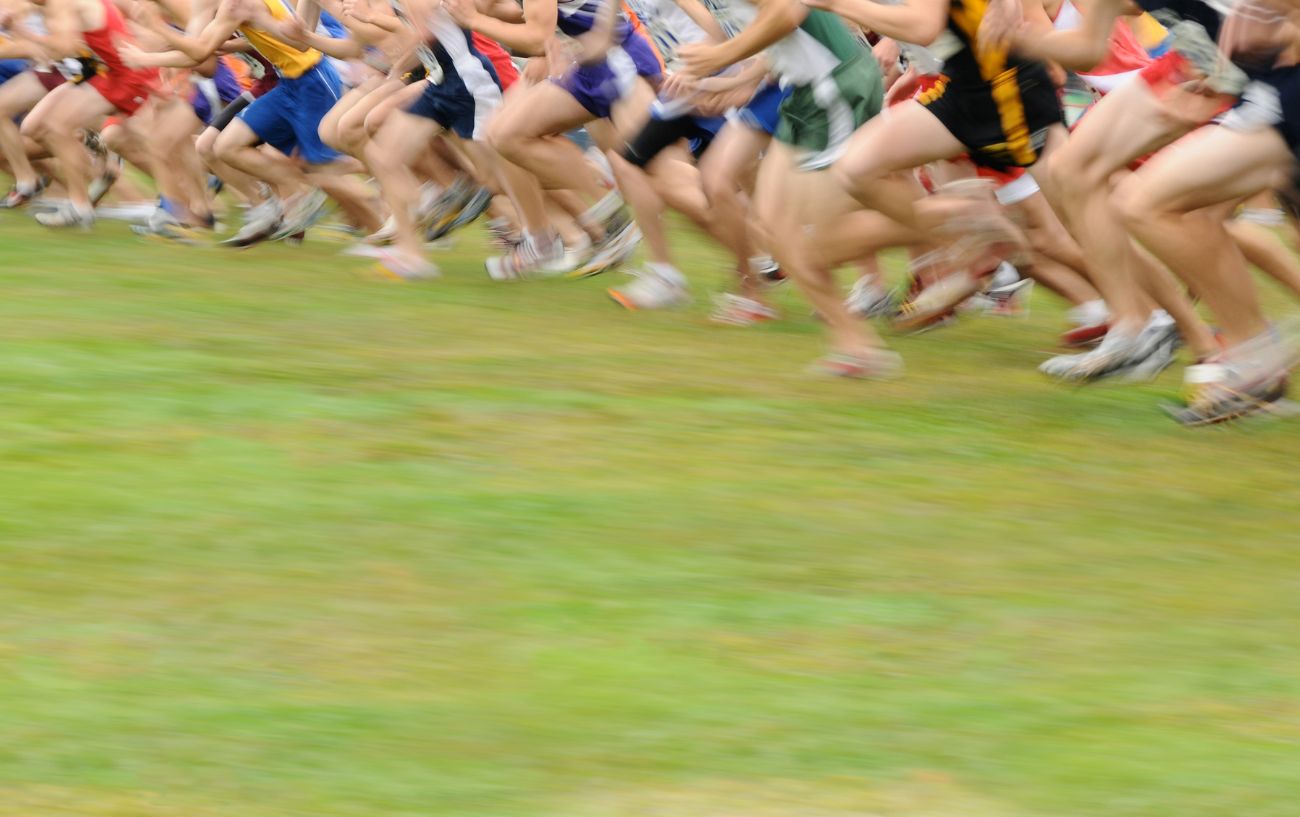
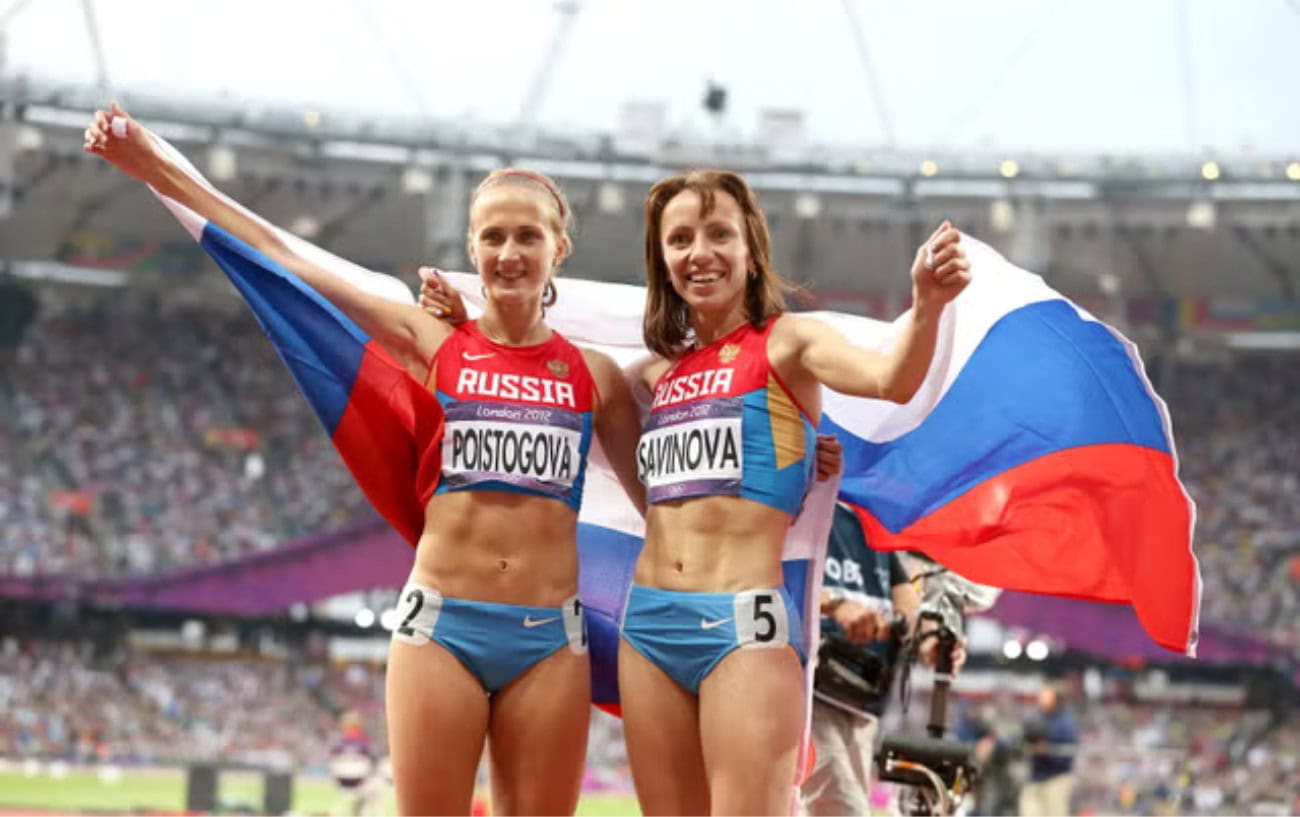



My counter argument. Molly Seidel. No way she would have been selected to represent the US in the format you proposed, she was a virtual unknown when she made the US team and she proceeded to win Bronze in the actual Olympics. She earned the right to compete in the games and then she proved herself again in the games. I wonder if a hybrid approach would work better perhaps top at trials earn a spot and the 3rd spot is given as a “wild card” by a selection committee.
Hi Amby…..verrrrry well written as ever and you state your case with excellence,,,,BUT I strongly disagree…..NO COMMITTEE should ever be allowed to choose a USA Olympic Team….In any event, starting with the 100 meters and going all the way upward….There would never be agreement on who should be named to the team…You use Joan B. as a case in point,,,,But that could be strongly debated the other way, too…If she wasn’t healthy to run a Trials race, why take a risk on naming her to the Olympic team.??….Only possible exception I might allow is if a Oly. qualifier is actually injured AT the Trials….And then a ton of medical evidence might come into play..((Remember all the Sydney Maree injury chaos in 1984??) .I LOVE the current USA system….To succeed at the Games, you need to succeed at the Trials….So many stories dot the history books….Eulace Peacock might have supplanted Jesse Owens if Peacock hadn’t “pulled” before the ’36 trials….In 1956, Dave Sime was smashing sprint records all spring,,,,but got hurt in late May and was injured at the June Trials….which chose a team that would be competing in late November!!And by then Leamon King had emerged as fastest 100 man of all….ETC ETC …I’ll bet you don’t remember Bobby Smith!!! (the javelin thrower from Monmouth University, right here in West Long Branch, NJ) In 2008, he had the dubious distinction of being the first Trials winner NOT to advance to the Games…He was brilliant at the Trials, but not so beforehand when other jav-men had far better Q marks in earlier meets held in perfect conditions…YOU MENTION other nations using the committee selection method…Well, they have many bitter internal debates, too…How can Kenya/Ethiopia possibly SELECT their best teams?? .Wasn’t it being argued that Seb Coe himself deserved a bye? WHAT IS REALLY UNFAIR IF YOU WANT to follow this line of debate is limiting a nation to 3 per event if they have the Q marks…Isn’t the Olympics designed to determine the world’s best??/ Well, just think of all those USA sprinters, Soviet hammer throwers, German shot putters, Mexican racewalkers who were thus deprived…AND TRACK SHOULD CONSIDER itself fortunate, too….Swimming only allows two per event, thus precluding some likely medalists from ever getting to the Games….The “two per event” was instituted by FINA at Moscow 1980 in retaliation for the USA boycott….MOST FORTUNATELY, USA did not allow this to happen in track and field..because USA was represented at these federation meetings and fought hard to keep it at “three per.” Imagine all the horror stories we’d now have if the “two per” rule was imposed on athletics, the way it was now in swimming….AMBY, I’d be most happy to discuss all these things at your convenience…ALL BEST WISHES, Elliott Denman..
I agree with my friend, the esteemed sportswriter Elliott Denman, even though I was on the losing end of several one-shot Olympic Trials races myself. I shudder to think of how USATF, bought and paid for by the world’s largest athletic apparel brand, might have succumbed to pressure to pick Jordan Hasay over Molly Seidel in 2020.
Horrible take. We have found a new star in UOT women’s winner Fiona O’Keefe via the trials route. Obviously the best US marathoner (new record holder) would never be on the team without the trials. More importantly the trials is an Olympic development genius. Note Mr. Young was 142d last time and inspired he trained to who he is today off that inspiration. US democratic ideals are vastly superior to a committee approach, which is rife with potential corruption. As for Mr. Rupp, as great as he was, he is now in marked decline and the US is much better served with the 3rd place winner Korir, another try-hard who missed last time (4th place finish) as did Ms. Sisson, who undoubtedly was inspired by her near-miss in 2020.
I disagree Amby. The last two trials have set us up with new names in marathoning. Molly Seidel from 2020 and Fionna O’Keeffe and Dakotah Lindwurm. Neither would make the team if left to selectors. USATF is bought and paid for by Nike and it would be in their best interest to make sure Nike athletes were named to the team. Sure Conner and Rupp would be there but maybe not Young who has an ASICS sponsorship. Yes, other countries use a selector system, other countries fund their athletes unlike the US, so there is a difference. If USOPC and the US government want to fund our athletes as most other countries do and the USATF wants to get rid of their multi-year funding agreement with Nike, I’m all for selecting athletes. In our current system the trials are the only way.